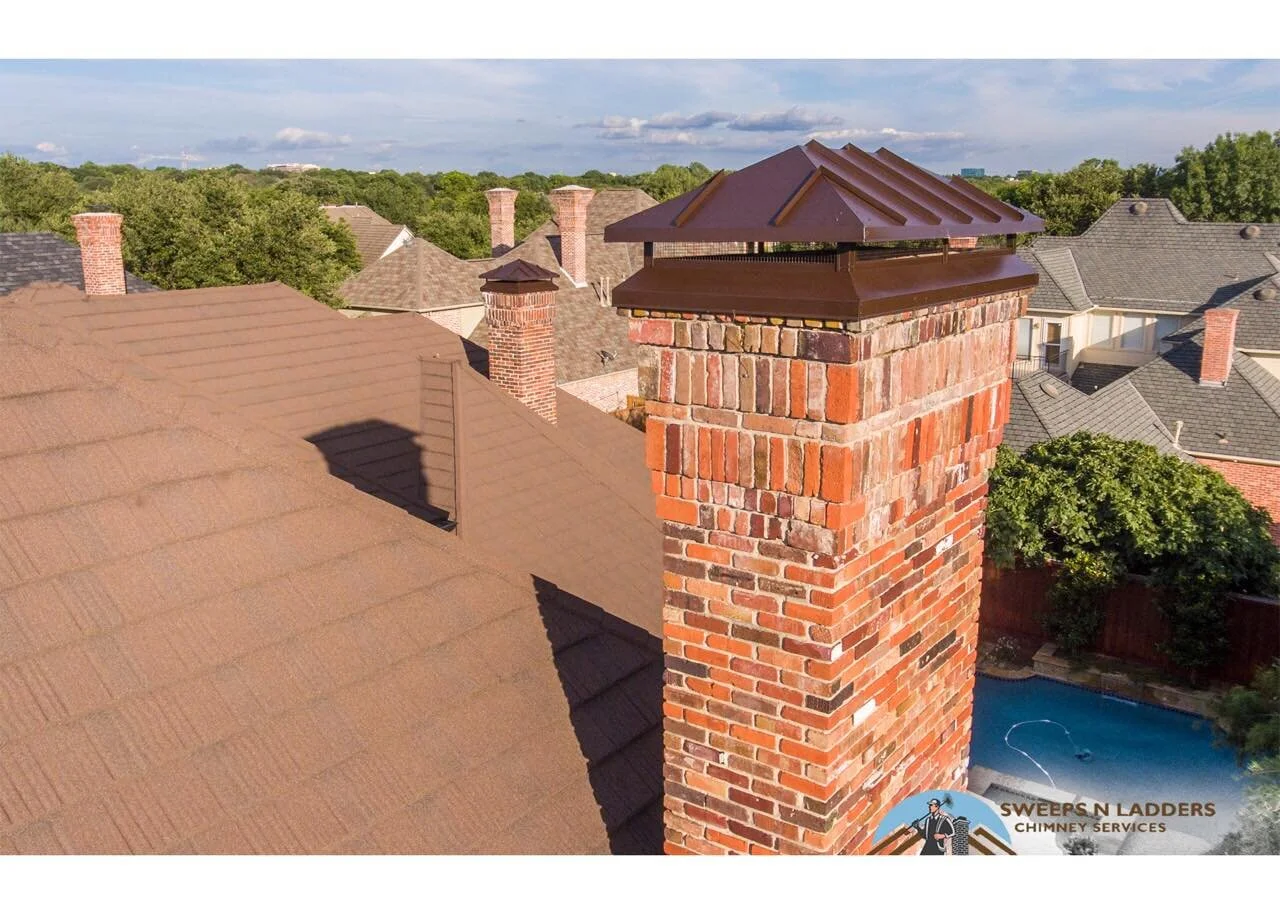These are Indicators of Chimney Failure
Every chimney requires regular safety inspections and maintenance by a chimney expert to stay in the best shape and avoid hazardous and costly problems.
The chimney is among the most critical components of a fireplace. An incorrectly functioning chimney can put the home’s safety at risk. Every chimney requires regular safety inspections and maintenance by a chimney expert to stay in the best shape and avoid hazardous and costly problems. However, wear and tear, exposure to elements, moisture, and faulty construction can damage chimney components and cause issues with its performance. A damaged chimney is unsafe to use and can lead to a chimney fire, mold, water damage, and carbon monoxide poisoning.
Homeowners should keep an eye out for warning signs that their chimney is not performing as it should. Here are a few indicators that the chimney might be failing:
Leaks
Leaks are a telltale symptom of a failing chimney. A chimney can leak from the flue, along the sides, or on the base. A leaking chimney can lead to mold and mildew growth, poor indoor air quality, potential carbon monoxide poisoning, and water damage. Sometimes, leaks are difficult to spot for untrained eyes. So, it is best to call a professional for an inspection. Pros can detect and fix the problem before it causes more damage.
Rust
Metal components of the chimney can rust over time. Rusted parts increase the possibility of leaks and chimney wear and tear. Consider replacing the rusted chimney cap or flashing to avoid issues. Rust on the firebox or damper indicates excess moisture in the chimney and can damage the chimney liner and cause the flue tiles to crack, increasing the risk of a chimney fire.
Blockages
Any obstructions inside the chimney are another clear sign of a failing chimney. Bird’s nests, rodents, dried twigs and branches, and soot and creosote buildup can block the chimney. Creosote is a safety hazard and a cause of several chimney fires. A chimney sweep can clear all blockages to ensure the chimney is safe to use.
Cracked or deteriorating mortar joints
Damaged mortar joints between chimney masonry need immediate attention. Weather and wear and tear can cause the mortar joints to weaken and deteriorate with time. In addition, it exposes the masonry to moisture, causing more damage. Any damage to the mortar joints can lead to chimney breakdown and collapse.
Missing or damaged bricks
Cracking, popping, or missing bricks indicate moisture issues. When water enters the chimney, the moisture inside expands and contracts in winter due to the freeze and thaw cycle. It causes faces to pop and flake off, known as spalling. Timely repairs can prevent leaks and chimney destruction.
Hazardous buildup in the flue
Soot and creosote buildup up along the chimney lining when used irregularly or hasn’t been cleaned in a long time. A significant buildup makes the home vulnerable to fire. Therefore, yearly inspection and cleaning are essential to prevent any untoward incidents.
Chimney crown damage
The crown is a vital chimney component that protects it from the forces of nature. It sits atop a chimney, preventing water and snow from entering the chimney structure. However, a cracked, broken, or missing crown accelerates bricks and mortar deterioration and allows water to enter between the chimney and flue lining, causing spalling. Replace the crown to prevent the moisture problem from worsening.
Contact a professional chimney sweep service if you notice any signs of a failing chimney.
Sweeps N Ladders is a North Texas chimney and roofing repair service providing chimney & fireplace restorations, brick and mortar restoration, chimney caps, chase covers, and more. We provide fireplace inspection and repair, fireplace remodeling, chimney inspection and sweeping, and dryer vent cleaning. We are locally owned and operated family business and are licensed, bonded, and insured. Call us today at 469-812-5662.

